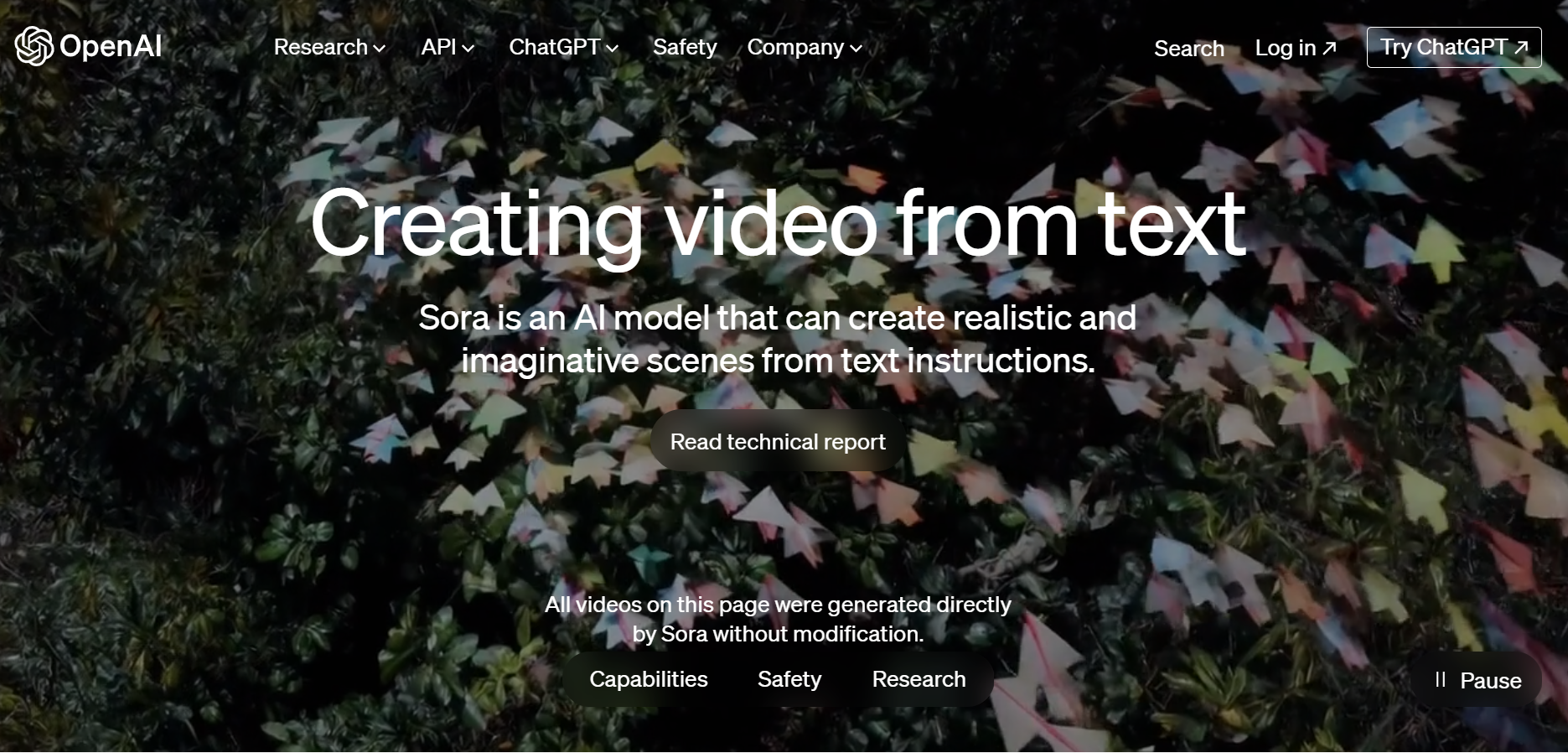OpenAI’s Sora, capable of generating hyper-realistic videos from text prompts, has undoubtedly ignited concerns about blurring the lines between reality and AI-created content. Whether it actually achieves this is a complex question with no definitive answer, influenced by both technological advancements and societal response.

Sora’s Potential to Blur the Lines:
- Hyper-realistic visuals: Sora’s ability to generate detailed and believable environments, characters, and actions makes it possible to create content indistinguishable from reality at first glance. This presents a risk of audiences mistaking AI-generated content for actual events, potentially spreading misinformation or creating confusion.
- Evolving capabilities: As AI models like Sora continue to develop, their ability to mimic human actions, emotions, and even speech patterns will continue to improve, further blurring the lines between real and artificial.
- Deepfakes on steroids: The ease of manipulation with AI tools like Sora could lead to widespread creation of deepfakes, used to fabricate events, discredit individuals, or sow discord.

Factors Mitigating the Blur:
- Technological limitations: While impressive, Sora still has limitations in capturing subtle human nuances, complex scenarios, and unpredictable outcomes. These limitations can be telltale signs of AI-generated content for discerning viewers.
- Human awareness and education: Increased public awareness about AI capabilities and how to critically evaluate online content can help audiences distinguish between reality and AI creations.
- Ethical considerations and regulations: Implementing ethical frameworks and regulations around AI-generated content creation and distribution can help prevent misuse and promote responsible practices.

The Human Role in Blurring the Lines:
Ultimately, whether Sora and other AI tools significantly blur the lines between reality and AI-created content depends heavily on human choices and actions.
- Responsible development and deployment: Developers and users of AI tools have a critical responsibility to prioritize ethical considerations and prevent malicious use.
- Critical media consumption: Developing digital literacy skills and critical thinking abilities are crucial for audiences to navigate the increasingly complex media landscape.
- Transparency and labeling: Clear labeling of AI-generated content can help audiences understand its origins and make informed decisions about how to interact with it.

In conclusion, while Sora has the potential to blur the lines between reality and AI-created content, its actual impact depends on a complex interplay of technology, human behavior, and responsible development. Addressing ethical concerns, promoting digital literacy, and advocating for responsible AI development are crucial to ensure that AI enhances our world, not deceives it.tunesharemore_vert
